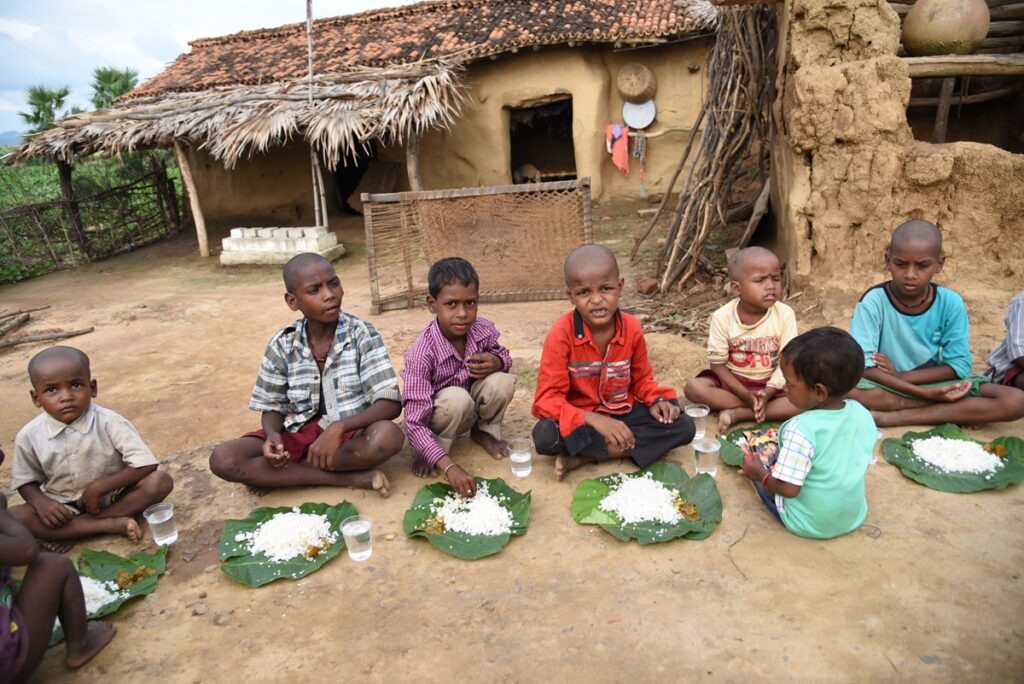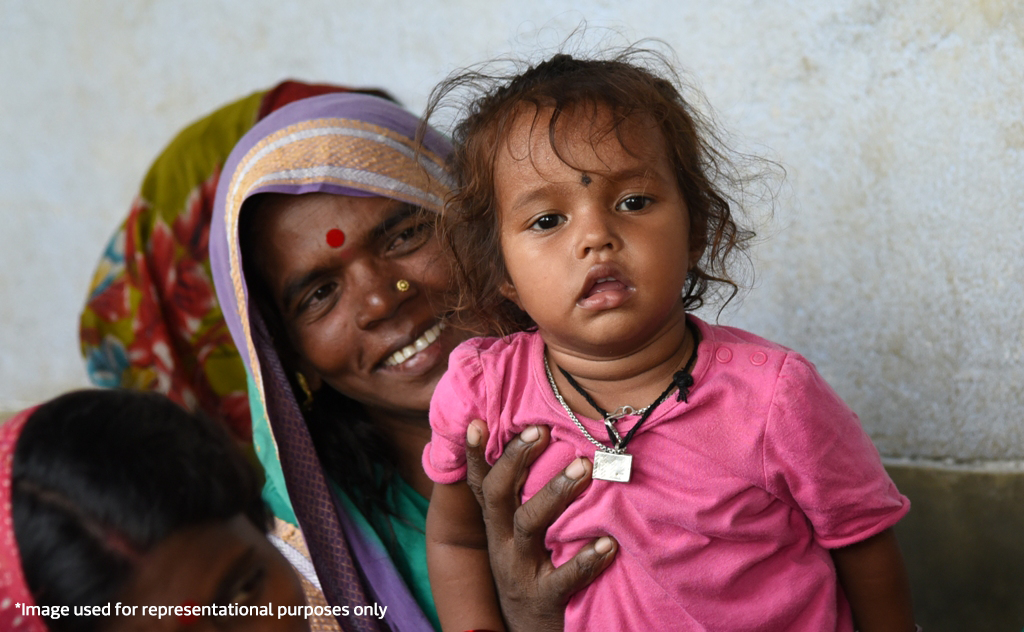
Understanding Child Malnutrition : Know Types, Causes & How To Avoid?
Every child deserves access to healthy food and basic healthcare. These fundamental rights lay the foundation for their physical, mental, and cogniti....
Read More
2-year-old Kavita* belongs to the Dediyapada village in Gujarat. Both parents are laborers and to make ends meet, they often migrate to different villages. Due to this, and the lack of basic healthcare facilities, Kavita’s health started deteriorating and she started losing a lot of weight. Her parents took her to a private practitioner, but since she didn't show any signs of recovery, they decided to visit a quack instead.
Days went by and Kavita's health continued to worsen. She lost weight drastically and began showing signs of severe malnourishment. That's when AVT, a CRY project in Gujarat, came across Kavita’s family while they were doing a home survey. They noticed the criticality of her condition and requested the parents to admit her to the hospital. They also explained how seeing a quack will not help and that she needs the right medical help. However, the parents refused to budge.
Unwilling to give up, CRY project staff discussed with ASHA and the Anganwadi workers, and together, they had another round of counseling sessions with the parents on the importance of proper medical assistance. They informed them about the Child Malnutrition Treatment Centre where the child could be admitted and the parents could not only stay but would also be provided with food and travel allowance.
The parents were finally convinced and all the arrangements were made. At the CMTC, Kavita was given proper treatment with medicines and nutritious food and within 14 days, she showed signs of improvement along with significant weight gain. Today, Kavita has recovered completely and is no longer malnourished and her parents have become advocates of children's health within their community!
You can give more children like Kavita the chance at a healthier future. Donate to CRY by clicking here.
*name changed to protect the child's identity